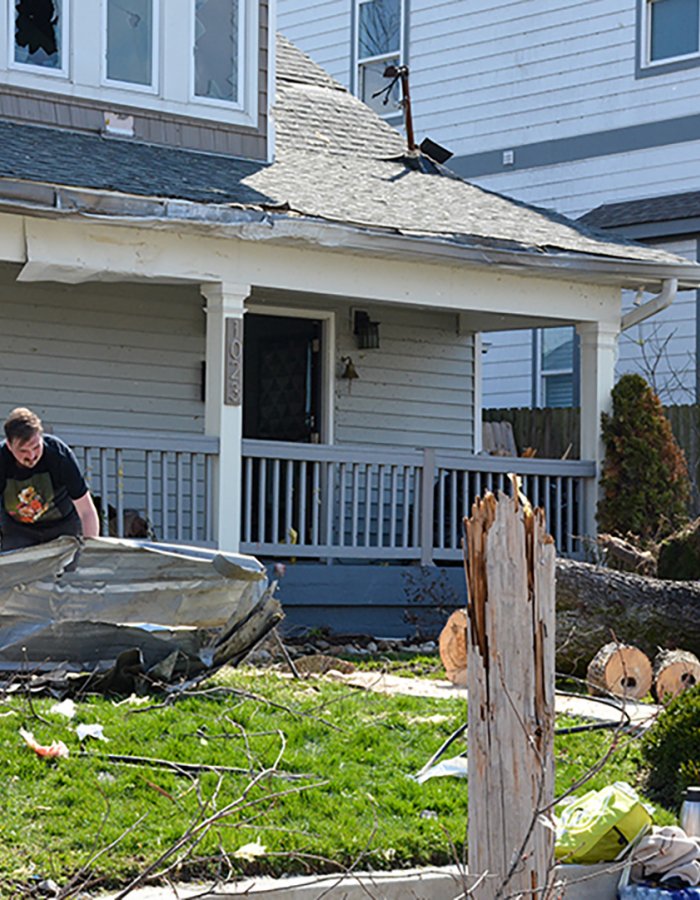A Business Process Engineering Approach to Managing Security and Resilience of Lifeline Infrastructures
Details
Pages:
File Size:
Pages:
File Size:

The National Oceanic and Atmospheric Administration reports there were more than 1,200 tornadoes in 2020, leading to the highest tornado death rate in almost a decade.
Pages:
File Size:
Pages:
File Size:
Given the gravity of manmade and natural hazard events of the last decade, designing buildings that not only offer resistance, but continue to function after a catastrophic event are significant challenges to government and the building industry. The National Infrastructure Advisory Council (NIAC) has recommended better understanding of the role of design and construction in infrastructure resilience.
Pages:
File Size:
Resiliency has become a growing concern in the national psyche. President Obama’s Climate Action Plan, the Hurricane Sandy Rebuilding Task Force’s Rebuilding Strategy and other high-profile documents call for the implementation of measures to improve resiliency. However, assigning who is responsible for implementing such resilience strategies is not clear-cut. Multiple agencies at multiple levels of government, along with the private sector and individual citizens, bear responsibility. Recognizing and aligning the diverse parties involved is a necessary step to achieving resilience.
Pages:
File Size:
This white paper, released by the Institute’s Multihazard Mitigation Council (MMC) and Council on Finance, Insurance and Real Estate (CFIRE) in October 2015, promotes the use of private and public incentives to achieve resilience in U.S. communities.
Pages:
File Size:

The National Institute of Building Sciences recently hosted a webinar to discuss the costs of the remote work world as a result of the COVID-19 pandemic.